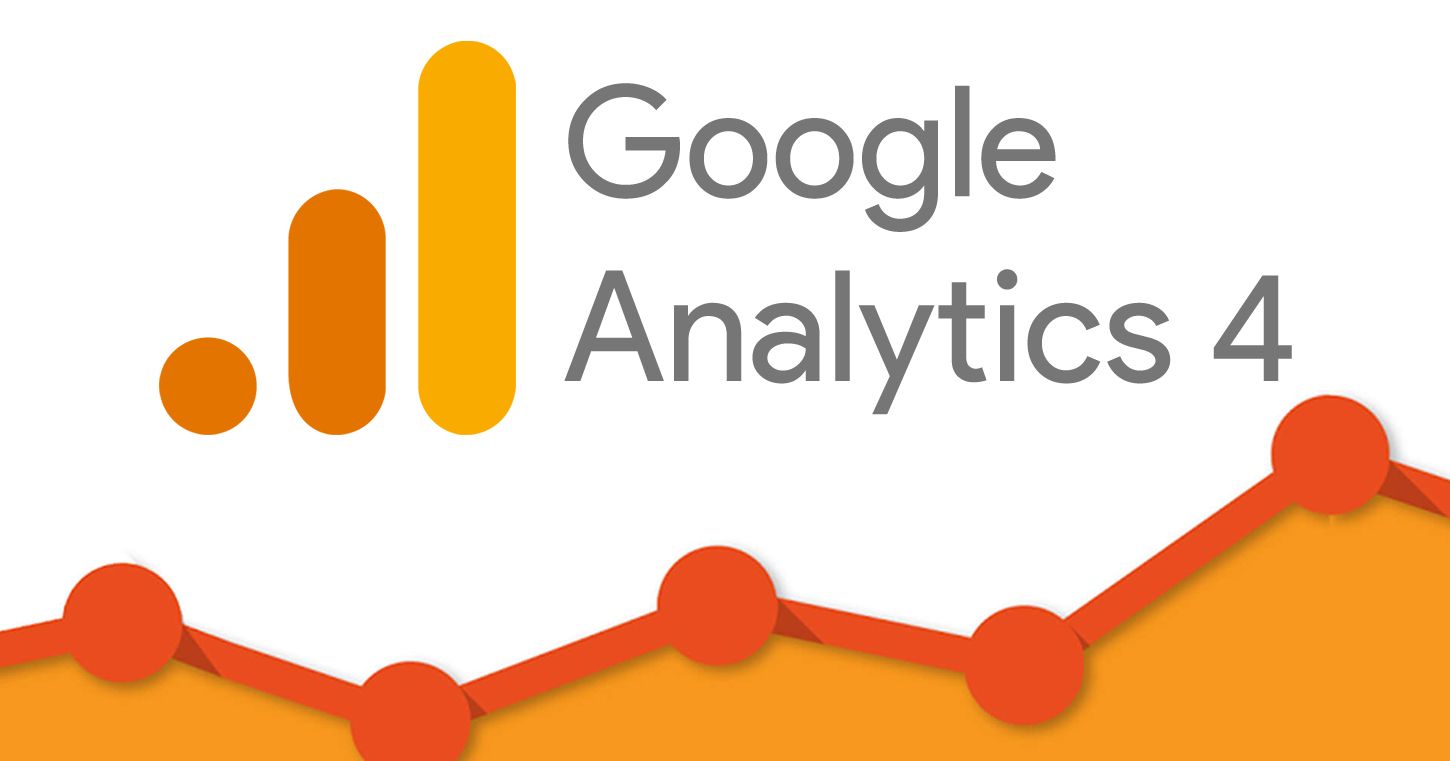6 Tips to Follow When Publishing Content on LinkedIn

6 Tips to Follow When Publishing Content on LinkedIn
LinkedIn has a robust publishing platform that allows business professionals to share their content with a highly polished group of readers. Despite its potential, LinkedIn’s publishing platform is still very much under the radar. It’s rather new, and our understanding of it is limited.
Fortunately, you don’t have to create a bunch of content to see what your audience bites at. Thanks to this post, published on OKDork and written by Paul Shapiro, we have the insight we need. Paul analyzed over 3,000 LinkedIn blog posts to better understand what types of content performs best.
Here are six helpful tips gathered from Paul’s work that will help you publish better content on LinkedIn. Give them a try and let us know if you see an improvement on your own LinkedIn profile.
1. Make your titles 40-49 characters, and avoid question form
While the saying goes, “Don’t judge a book by its cover,” this doesn’t hold true when it comes to online articles. People are bombarded by all forms of content, so they have to make quick judgements. Therefore, the title of your LinkedIn post can make all the difference in whether your post gets read or not.
LinkedIn is a place for professionals, so choose a clear, distinct title that your audience will find interesting. Titles should be around 40-49 characters in length, and ideally, not in a question format. How-to posts and list posts are most popular among LinkedIn readers, probably because they sound confident and promising.
2. Add visuals to your post, but avoid multimedia
LinkedIn users love visual posts, so don’t be afraid to add multiple images to your content. Images should always have a purpose, otherwise they can end up being visual noise. As long as they support your message, you can include them where you see fit. Paul found that posts with eight images perform best, so this gives you a lot of room to work with.
However, be cautious about adding video and other forms of multimedia to your content. YouTube, SlideShare, Vimeo, etc. are supported by LinkedIn, but these posts tend to be associated with fewer views. Again, always choose visuals that add value to your content.
3. Write long-form content, around 2,000 words long
Google likes long-form content because a single article gives the reader all the information they’re looking for. The same is true for LinkedIn posts. Content that is 1,900 to 2,000 words long performs best on the social network. People are looking to be informed and educated, so the more information you provide, the better.
LinkedIn views are still high for content that is around 1,700 and 1,800 words long, so if your content ends naturally, it’s fine to stop here. However, posts with only 600 words or less see the lowest number of views. We recommend choosing meaty topics that you can expand on to ensure you reach the right word count.
4. Follow the standards for the Flesch Reading Test
The Flesch-Kincaid readability test assesses how difficult English text is to read. No matter how complicated your topic or industry is, your content should always be easy to read. LinkedIn content that has an “easy” readability level attracts more views, shares and likes.
Here is how the Flesch test breaks down.
| Flesch Score | Readability Level | Education Level |
| 0-29 | Very confusing | College graduate |
| 30-49 | Difficult | College |
| 50-59 | Fairly difficult | High school senior |
| 60-69 | Standard | 13-15 year olds |
| 70-79 | Fairly Easy | 12 year olds |
| 80-89 | Easy | 11 year olds |
| 90-100 | Very Easy | 10 year olds |
5. Be neutral in your views – don’t take sides
Some writers are tempted to offer strong opinions because it can start a conversation. However, we recommended staying neutral. LinkedIn is a professional network, and while it’s fine to engage in a healthy debate, you don’t want to take sides. This can automatically cut your likes and shares in half. Plus, neutral language posts are found to have more comments and post views.
6. Publish posts on Thursday
The most views on LinkedIn happen on Thursdays. It’s recommended to post two times a week, so use Thursday as one of your days. Other days that show decent engagement are Mondays and Fridays. Tuesdays and Wednesdays see the least amount of engagement.
Why certain days show more engagement than others isn’t clear, but we can expect that it has something to do with our moods. Midweek, people are deep into their workload. They have projects to finish and meetings to attend. As Friday nears, people can start thinking about the weekend and relax a little. Thursdays are a good time to catch up on the latest news before the weekend.
Conclusion
Keep in mind that these are only suggestions. You should be looking at your analytics to gain a better understanding of how your audience digests your content. Applying these tips to your unique LinkedIn distribution strategy will help you make the most of the platform. And, as always, if you need guidance on how to make LinkedIn work for you, contact WSI Net Advantage at 510-687-9737 or fill out our contact form.
About the Author
Kevin Dean, President of WSI Net Advantage…
The Best Digital Marketing Insight and Advice
We are committed to protecting your privacy. For more info, please review our Privacy and Cookie Policies. You may unsubscribe at any time.
Don’t stop the learning now!
Here are some other blog posts you may be interested in.


